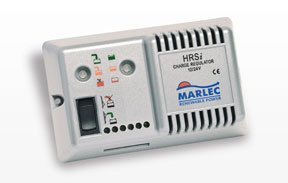- Joined
- 27 Jan 2008
- Messages
- 27,750
- Reaction score
- 3,364
- Location
- Llanfair Caereinion, Nr Welshpool
- Country

Years ago I had split charging but today with inverters I wonder if really what is required?
I know I can buy 12v to 12v inverters for boats often used to charge bow thruster batteries but the price is silly.
So looking at the idea of an inverter and battery charger with spare battery idea is in the car cig lighter runs inverter and battery charger giving a 5A charge while driving about with no problem with volt drop because of inverter. Once back at caravan reverse process to charge caravan battery from battery which was charged in car.
Idea seems sound but I am sure some one has already done it so asking if anyone has and what if any problems did they have?
We have 4 users of the caravan all but one can't tow it so want something which can be transferred car to car without having to add split charging diodes or relays.
Intend to test once caravan is back to see how it works but no point re-inventing the wheel if some one already uses the idea.
Aim is to not remove the caravan battery so people left in the caravan still have water pump. Want a box lift into car charge then out of car chained to tow hitch of caravan.
Thoughts please.
I know I can buy 12v to 12v inverters for boats often used to charge bow thruster batteries but the price is silly.
So looking at the idea of an inverter and battery charger with spare battery idea is in the car cig lighter runs inverter and battery charger giving a 5A charge while driving about with no problem with volt drop because of inverter. Once back at caravan reverse process to charge caravan battery from battery which was charged in car.
Idea seems sound but I am sure some one has already done it so asking if anyone has and what if any problems did they have?
We have 4 users of the caravan all but one can't tow it so want something which can be transferred car to car without having to add split charging diodes or relays.
Intend to test once caravan is back to see how it works but no point re-inventing the wheel if some one already uses the idea.
Aim is to not remove the caravan battery so people left in the caravan still have water pump. Want a box lift into car charge then out of car chained to tow hitch of caravan.
Thoughts please.


